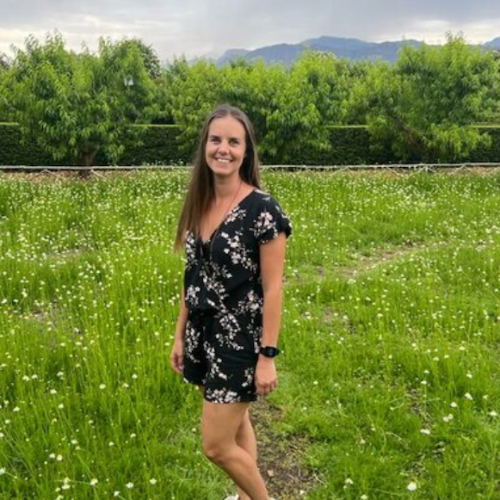What are the best safari lodges to visit in Kenya?
When planning your Kenya itinerary, picking the right safari lodge can make or break your trip. You’re not just choosing a bed for the night – you’re choosing how close you’ll get to wildlife, what kind of guides you’ll have, and whether your stay supports local communities and conservation.
The best safari lodges in Kenya do all three. They're in prime wildlife territory – think the Maasai Mara, Samburu, Laikipia, and Amboseli – and they work closely with local tribes, reinvesting in the land and its people. Some are ultra-remote, others are stylish eco-retreats with open-air showers and campfire dinners under the stars. All of them offer unforgettable safaris led by guides who know the land better than anyone.
This list focuses on camps and lodges that combine comfort with purpose. These aren’t mass-market resorts. They’re places where elephants wander past your porch, where your guide grew up tracking lions, and where your stay helps protect the very landscape you came to see.
If you’re wondering where to stay – and which are the best places to visit in Kenya while you're at it – start here. These are the Kenya safari lodges worth your time, your money, and your curiosity.
Lewa Safari Camp
Set in the foothills of Mount Kenya, Lewa Safari Camp sits inside the 250 sq km Lewa Conservancy – one of the most successful conservation areas in East Africa. You’ve got a strong chance of spotting the Big Five here, plus critically endangered species like black rhinos, white rhinos, and Grévy’s zebras.
The wildlife is only part of the draw. Guided bush walks and camel treks with local Maasai guides get you even closer to the land. And unlike many high-end lodges, your stay here does real good: all profits go to the Lewa Wildlife Conservancy, which supports local schools, healthcare clinics, and long-term conservation projects.
How to get to Lewa Safari Camp
Lewa is about a five-hour drive from Nairobi via Nanyuki. Alternatively, catch a light aircraft flight from Wilson Airport to Lewa Downs airstrip – just a short drive from the camp.
When to visit Lewa Safari Camp
The camp is closed in April and November due to rain. The best time to visit is from June to October or December to March, when wildlife sightings are excellent and the roads are more accessible. For more on trip timing, check out our guide to the best time to go on safari in Kenya.



















